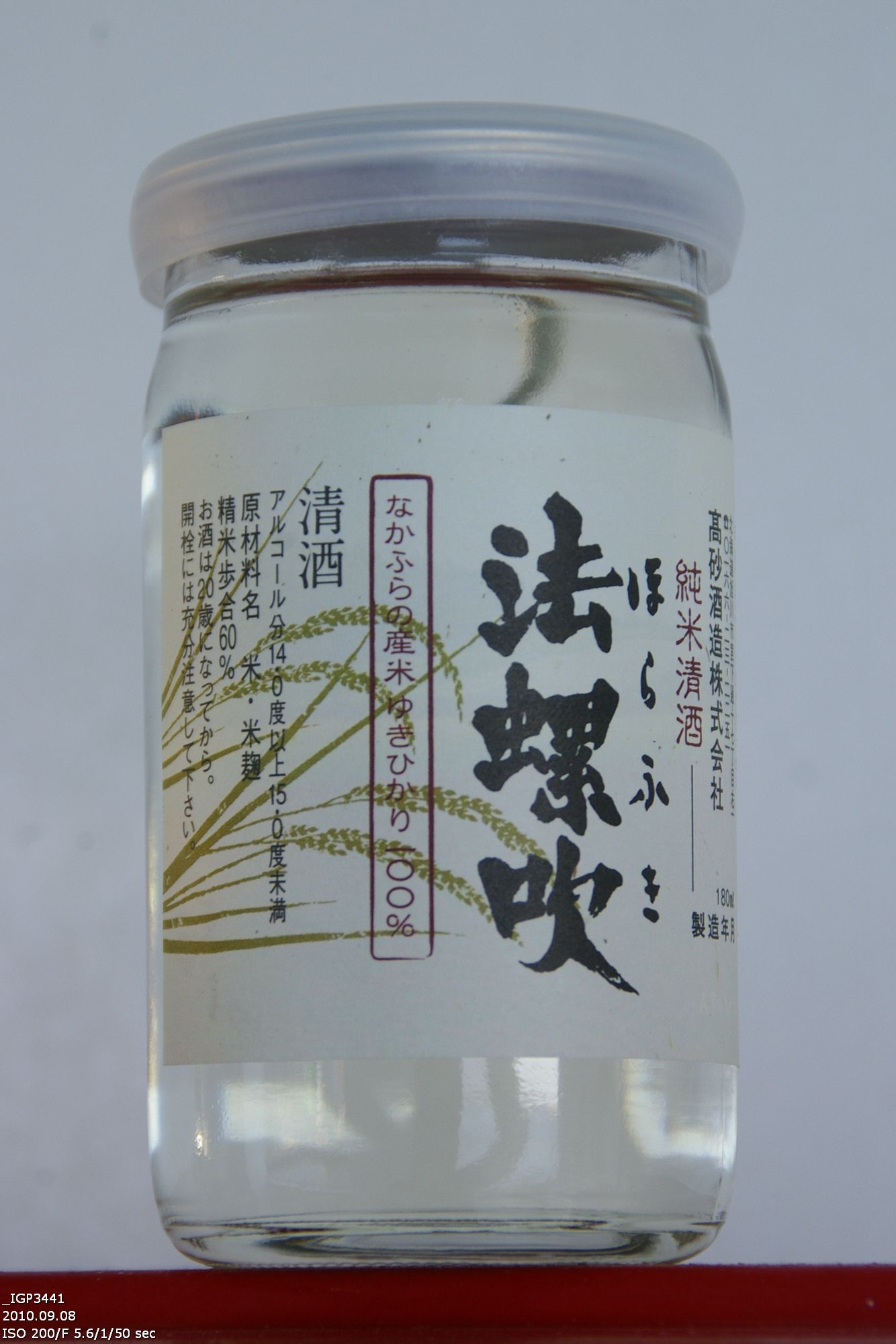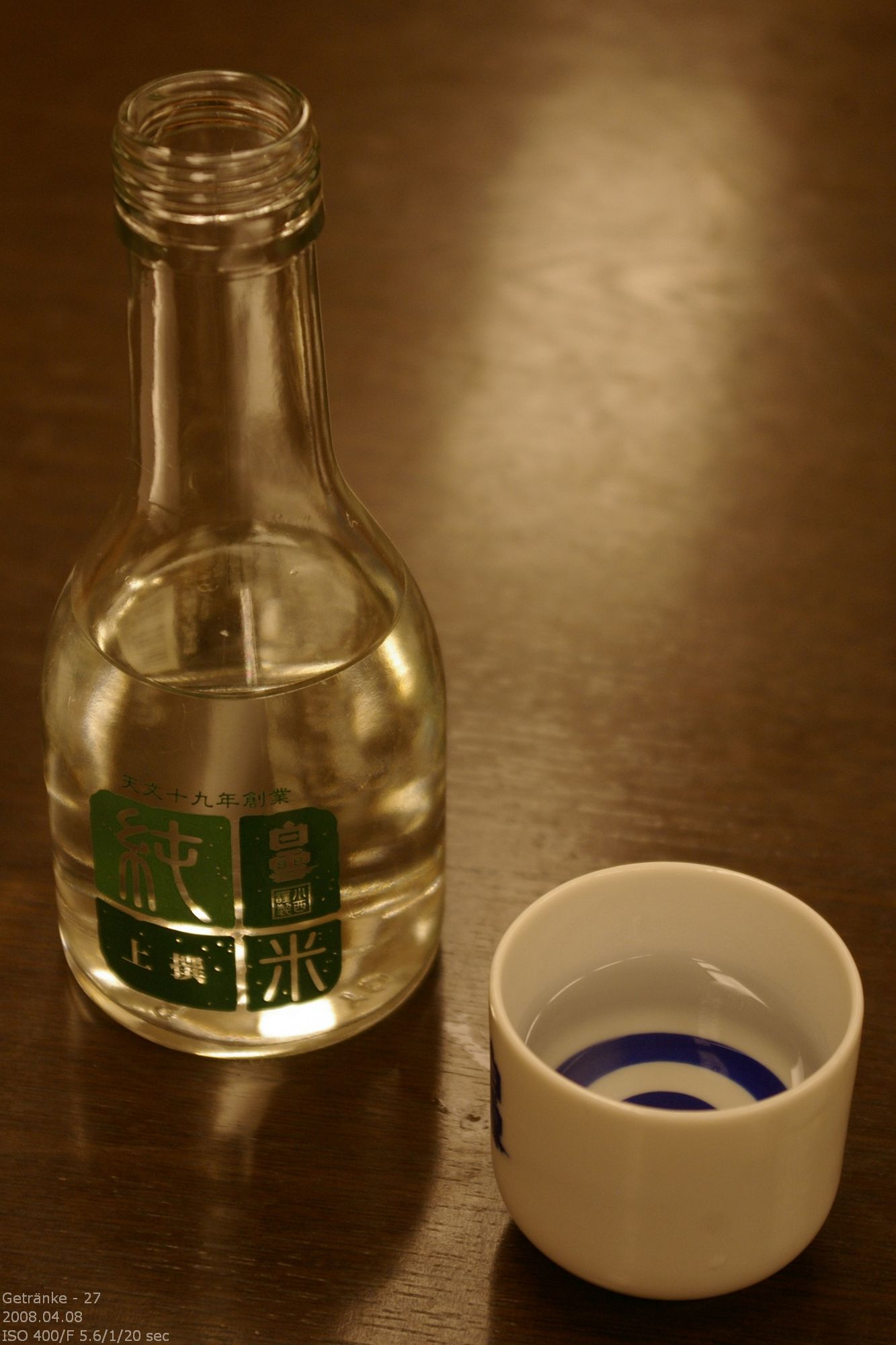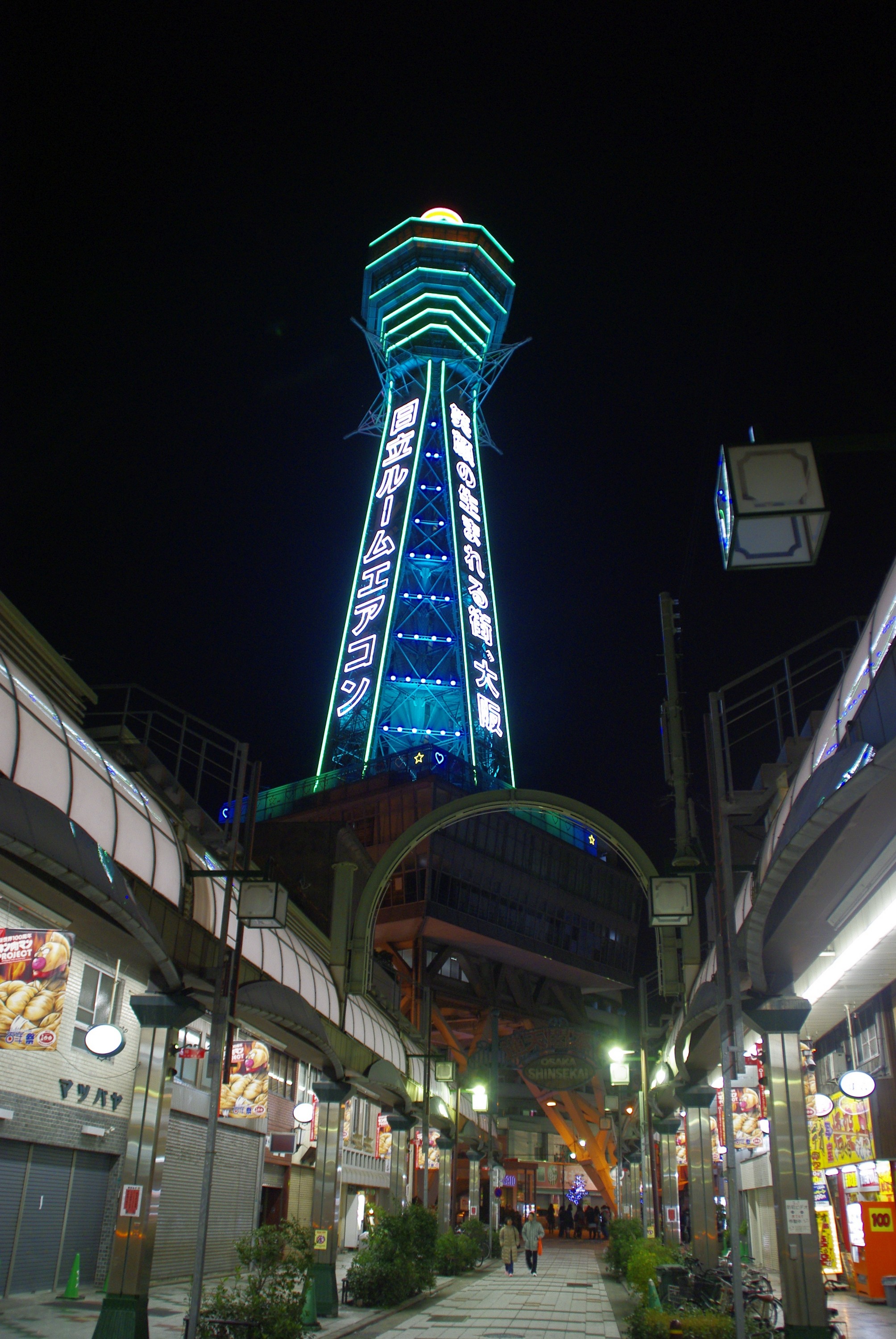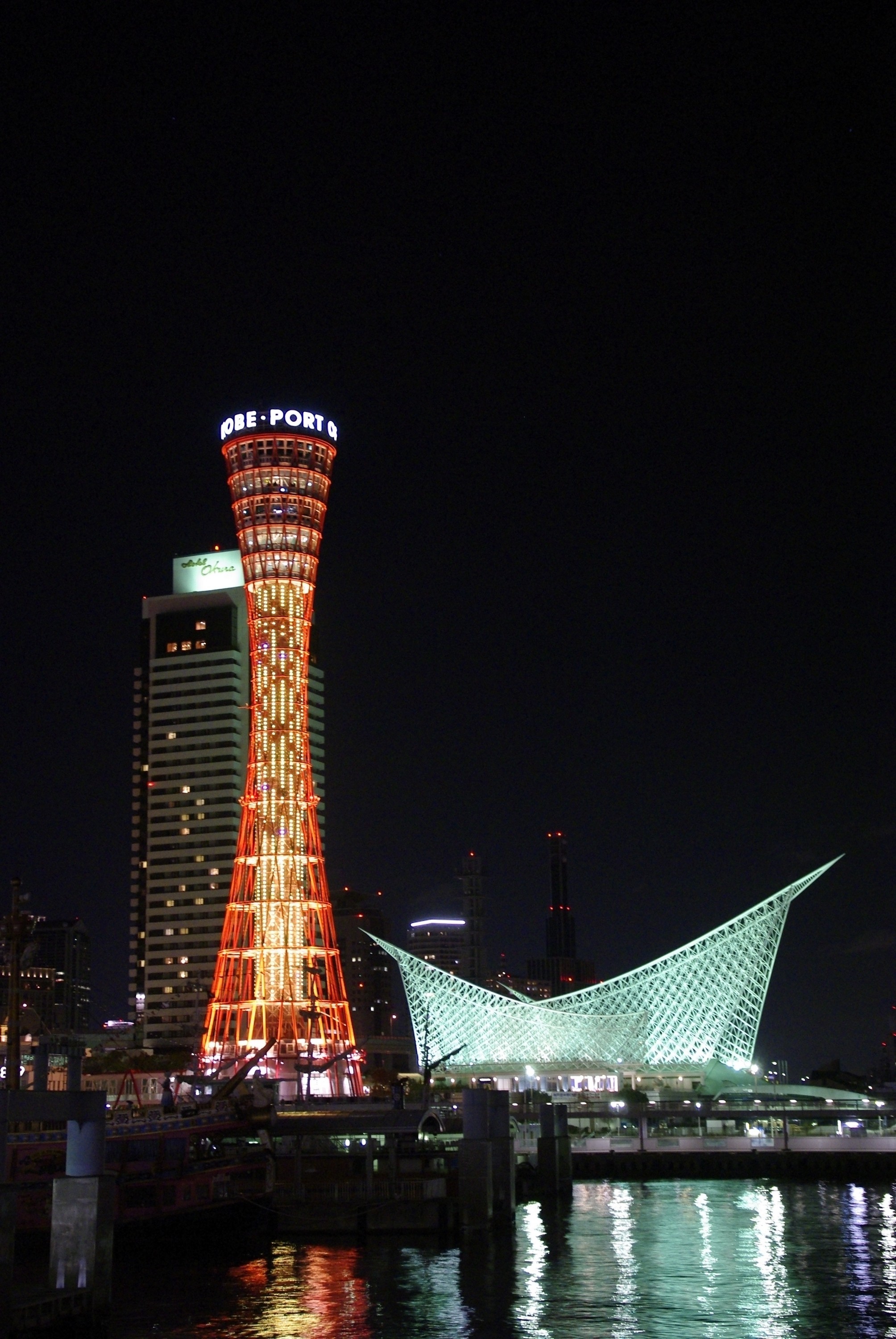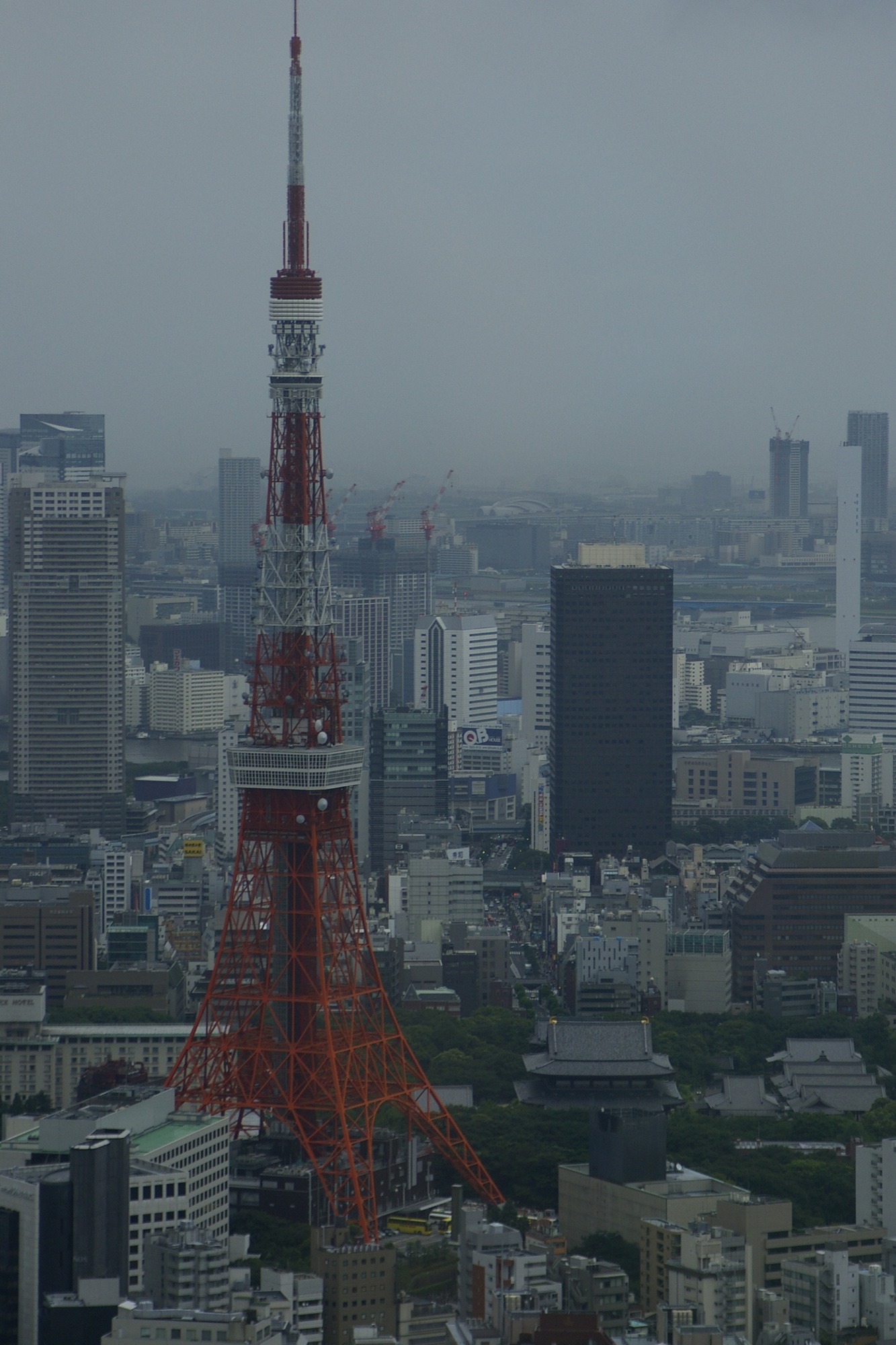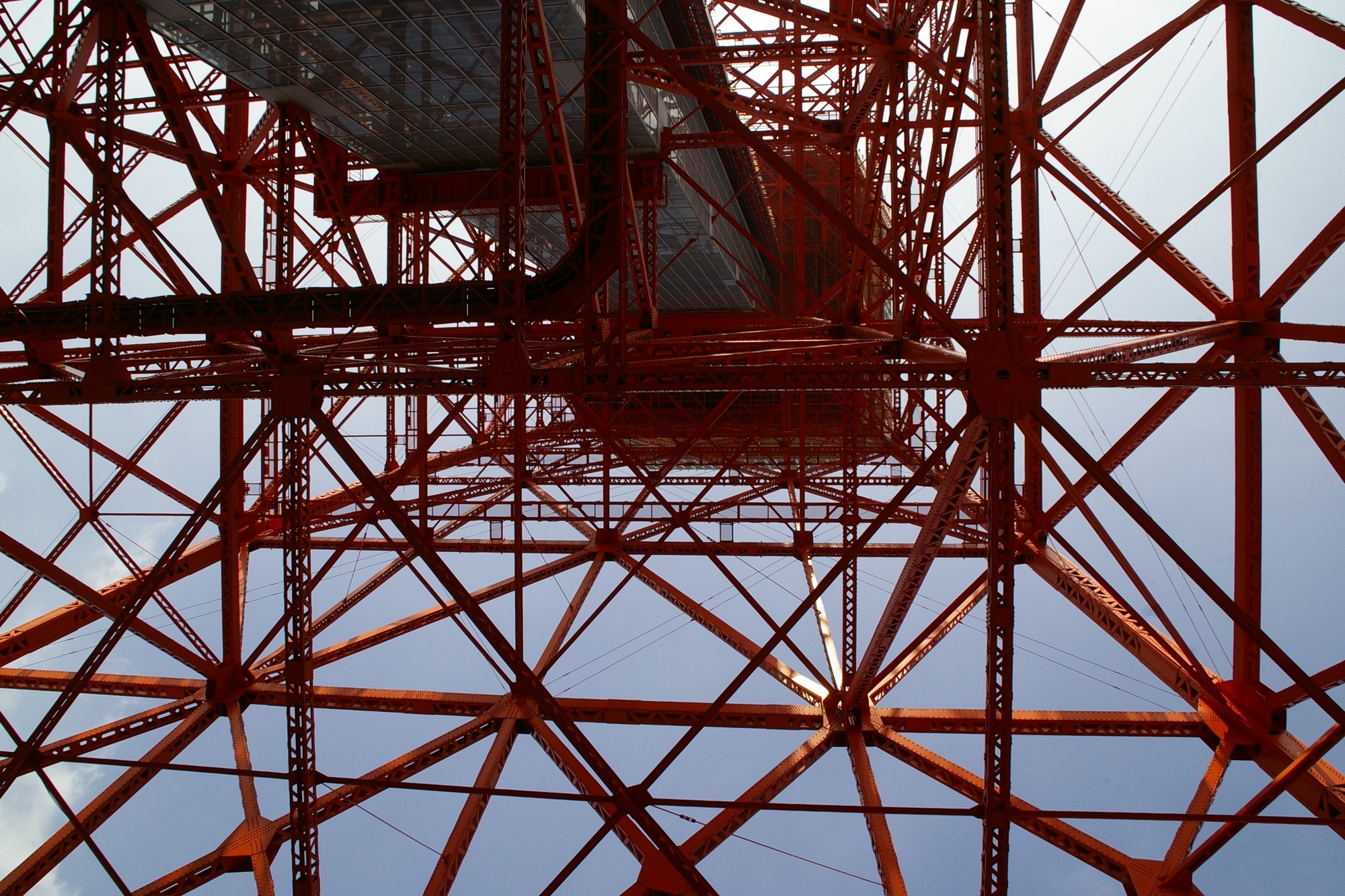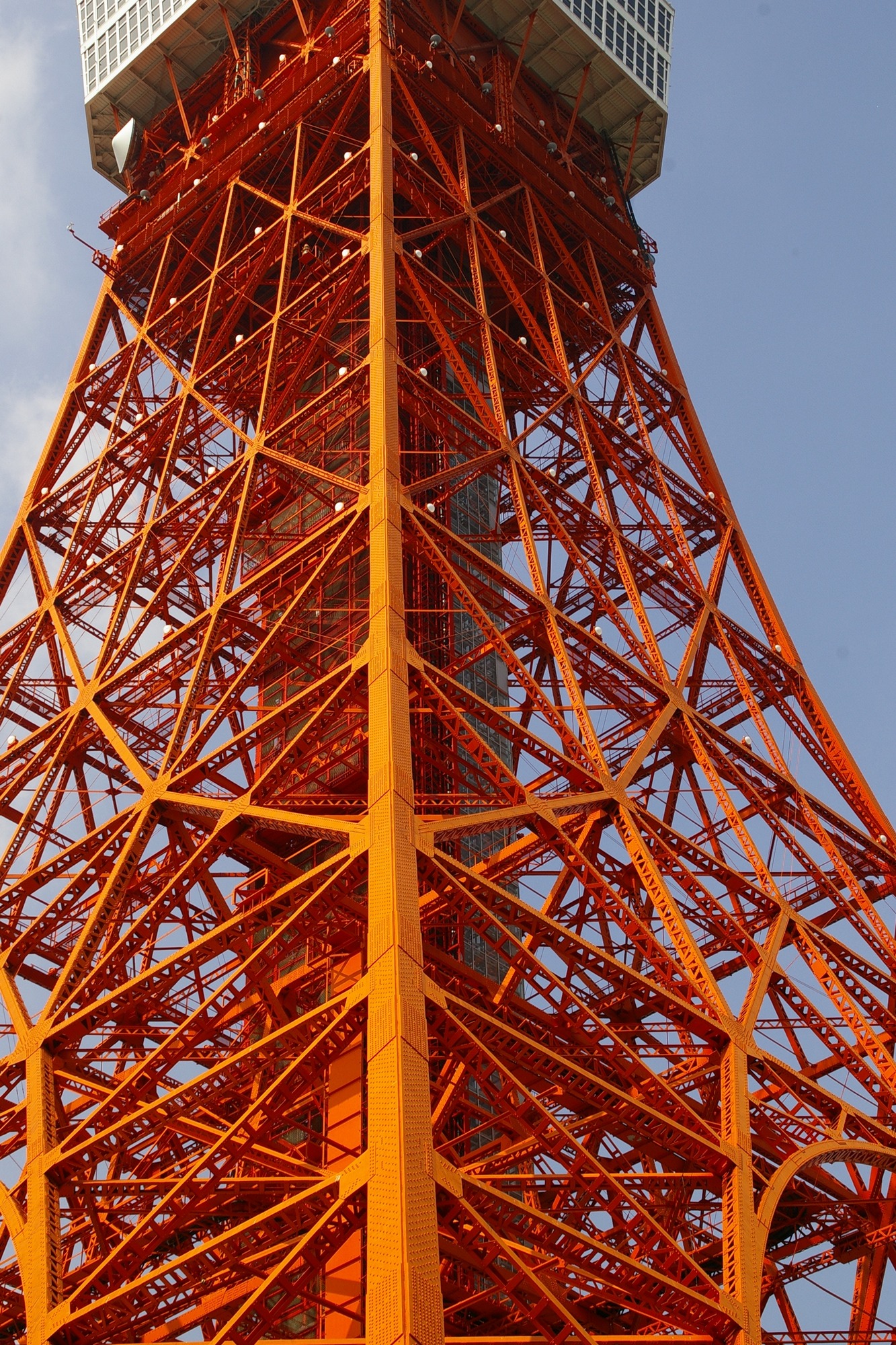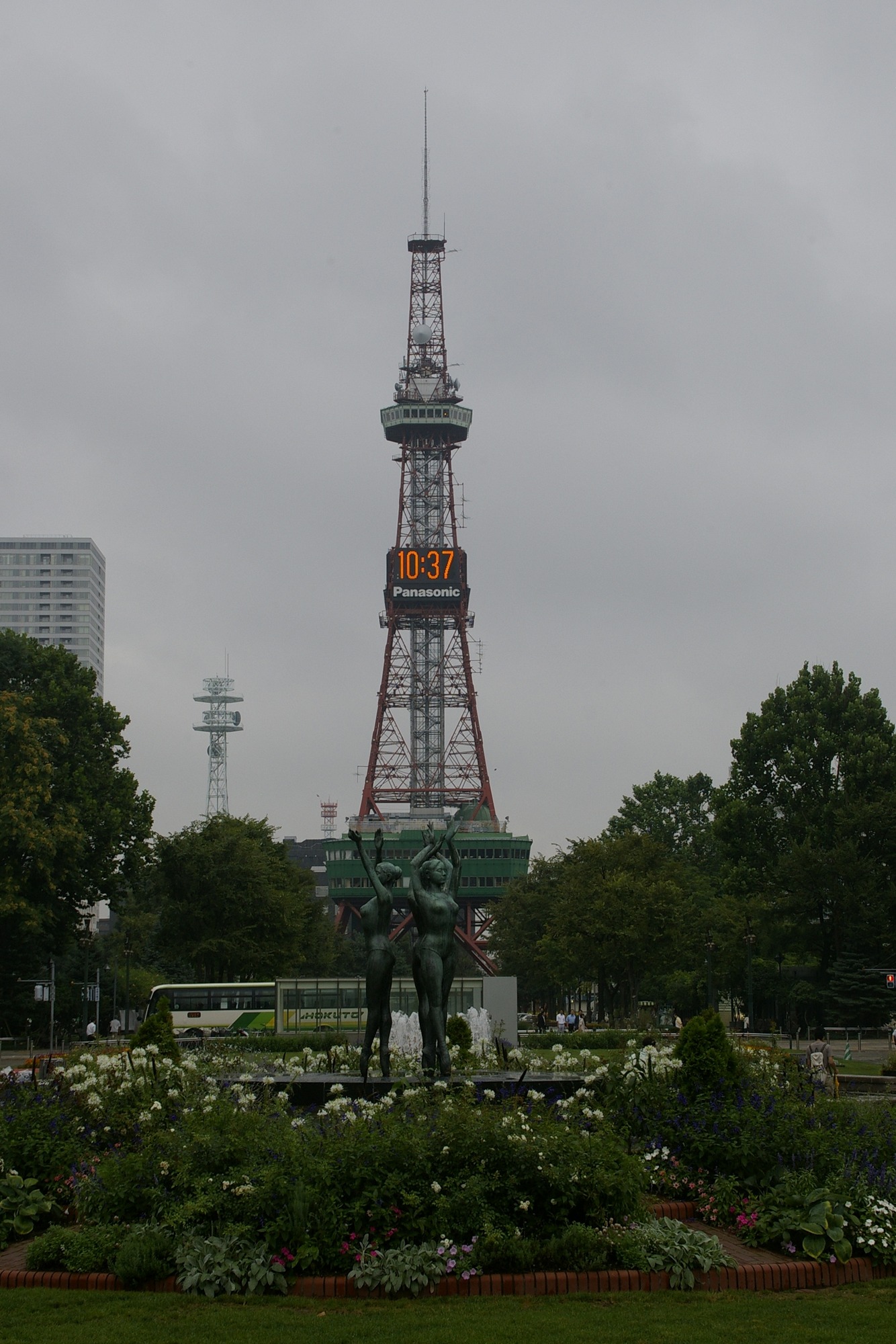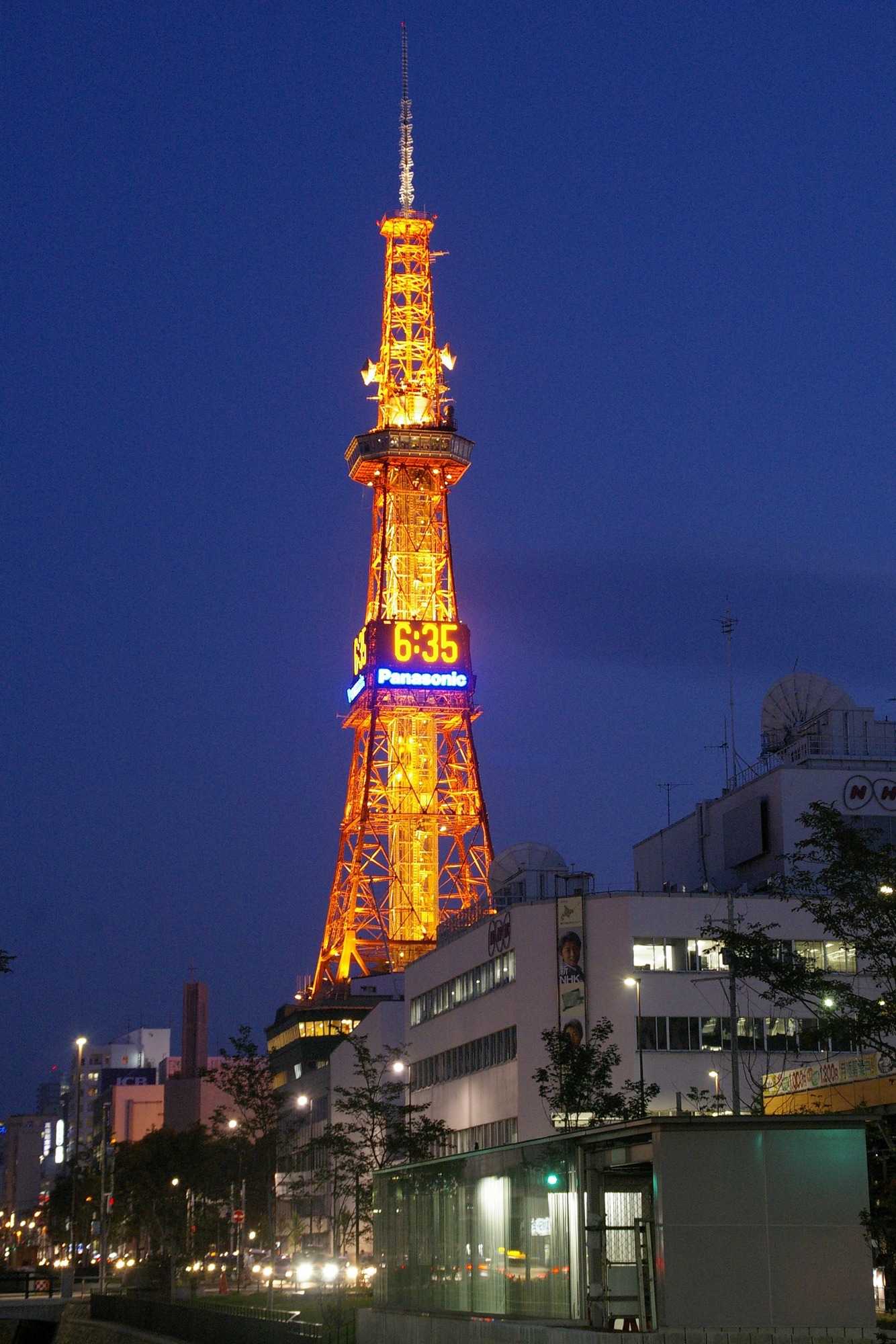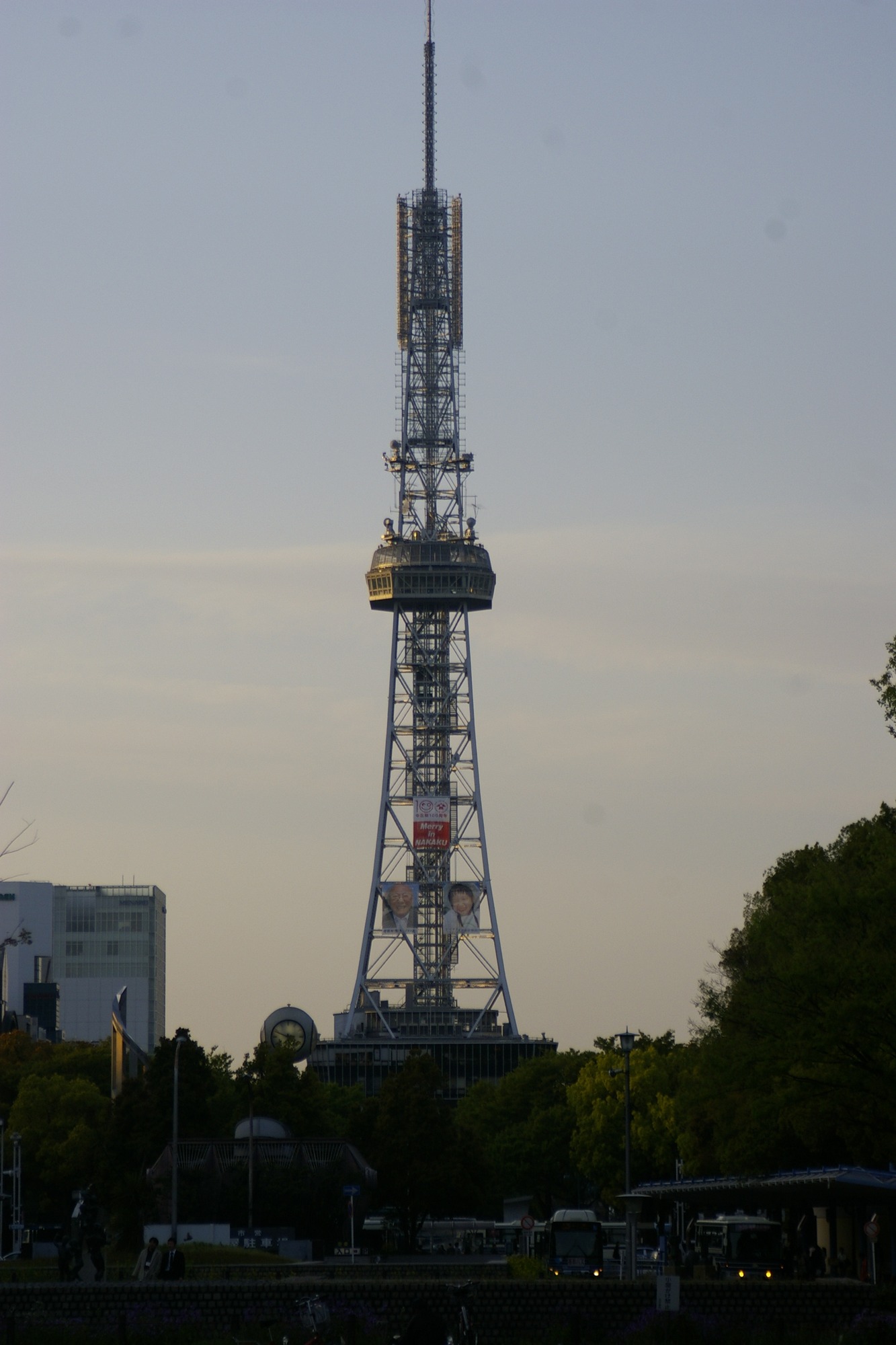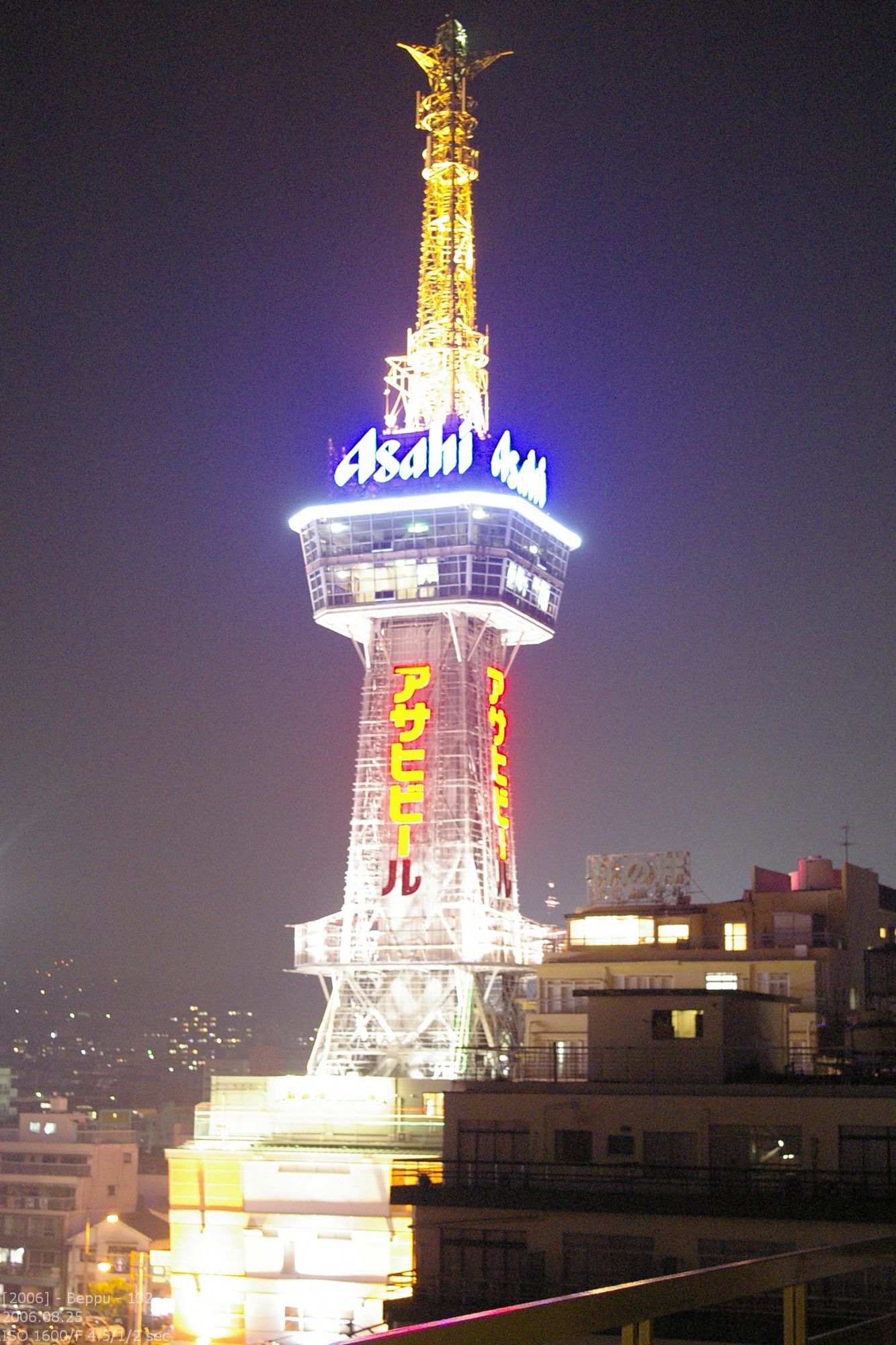Back to the problem of the correct drinking temperature. There is none. It depends on the sake you drink. Some sake taste good at 50°F. Other sake are only drinkable around 110-120°F. But never try to combine sake and onsen, although the water of an onsen also has 110°F. Don’t do it. Beliebe me. I tried (and failed). In general you drink cheap sake hot and expensive sake cold. The sake will loose a lot of flavour at the high temperatures. Therefore hot expensive sake is wasted money. Hot sake is mainly for cold winter days. The Japanese say „to put a hot stone on your stomach“. That means nothing else than hot sake will warm you very well. In Northern Germany you have „Grog“.

There are differenz sizes of bottles available. Big ones for a evening with friends (around 2 liter). Expensive sake is mostly available in 1 liter or 1/2 liter bottles to cut down the price. Cheap sake is available in cans or boxed too. At a convenient store you also buy a glass of sake. The size is 1 go. This are 0,18 liter. Go is an old japanese measure unit. You may know the wooden rectangular drinking thingy called „masu“. A masu usually has a volume of 1 go.
There are also sake that are not filtered and some versions you have to drink soon bevause there are not pasteurized. During winter time there is also hot „ama sake“. This is mixture of sugar, rice and sake … I think.
Tip: On a hot summer day, buy a glass of sake and visit a japanese garden. This is like a little private sakana. The glass sake usually is for hoboes but as long as your are tourist, there is no problem with your image. The advantage is the size. On a hot day you shouldn’t drink more than 1 go.
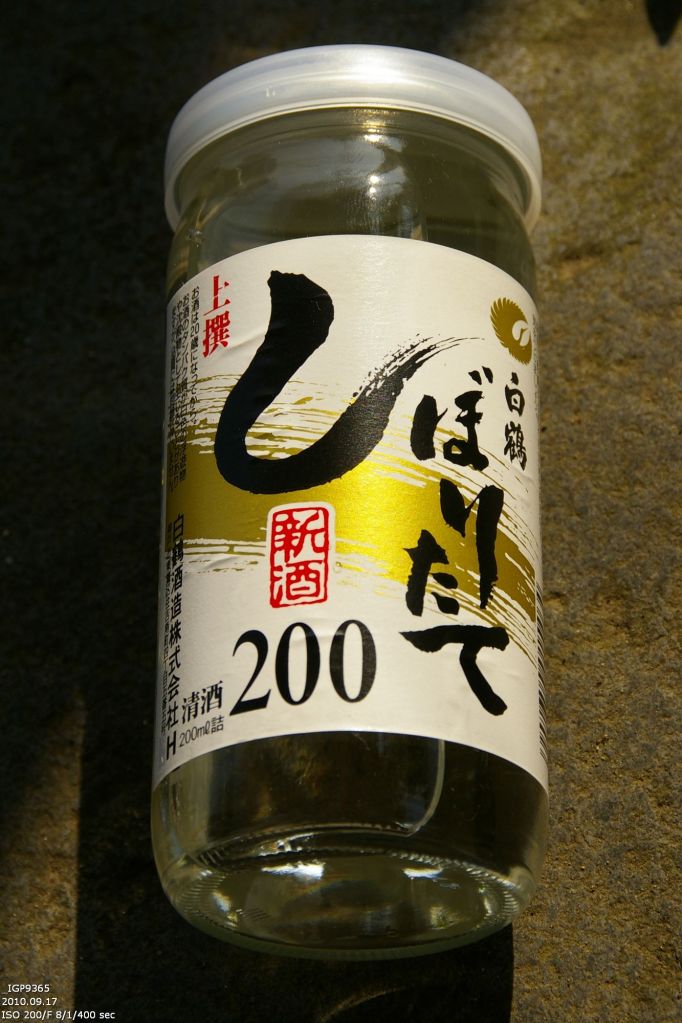
Das Kanji
The kanji for sake is 酒. But this is only half true. The Japanese are using this kanji for all alcoholic drinks. It is a collective term, like booze. If you want to ask for sake, use the term Nihonshu (日本酒 = japanese alcohol).
The next problem in ordering sake is salmon. This fish in Japanese is also spelled sake, but has a different kanji. There is also a tiny difference in pronouncing it: the fish on the first syllable, the drink on the second. You can also add the prefix „o-“ to the drink. O-Sake only can used for the drink. (A second word is hashi. It means chop sticks or bridge. O-Hashi are definately the chop sticks.)
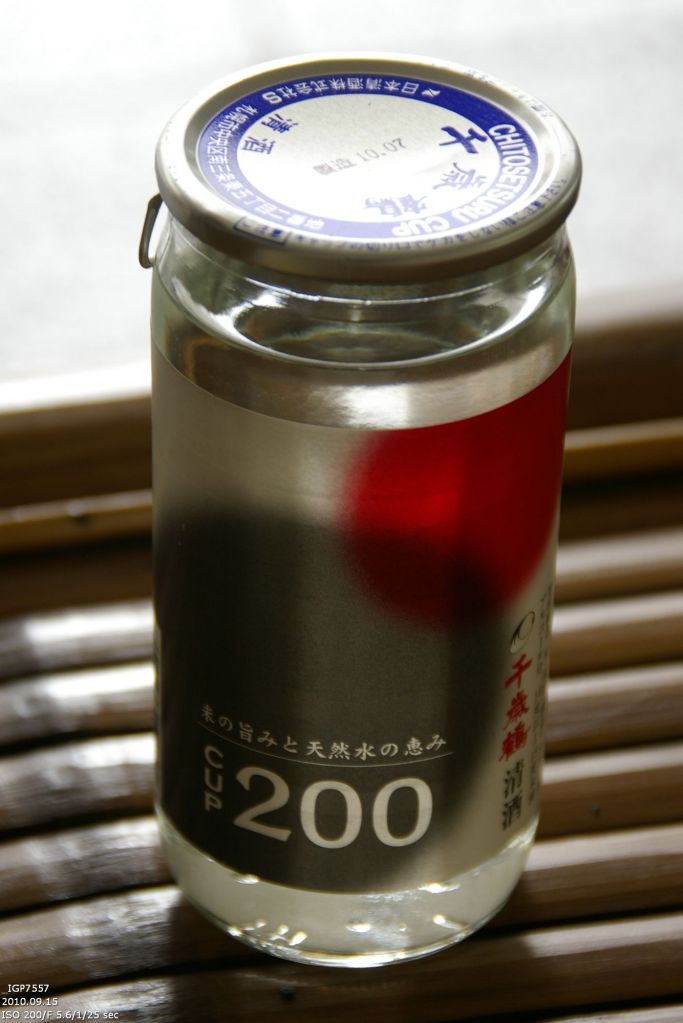
居酒屋 – Izakaya
Izakaya is a japanese bar. The Kanjis are 居酒屋. You will remeber the middle one. 屋 usually means shop. Izakaya is nothing else than a sake shop with seating-accomodation. Izakaya are usually very old fashioned and have an area with tatami mats, where you can sit on the floor. Tables and chairs are available too. But this may be an other story.
焼酎 – Shochu
And then there is Shochu. It has the relation to sake like beer to korn. It is also brewed in the first stage; like sake the use koji for fermentation. The second stage is to distill the result and produce a clear spirit with high alcohol content. But rice is not the necassary. You can also use sweet potato. Therefore Shochu has the nickname „japanese wodka“. Also barley is a possible ingredient. Buckwheat and chestnuts are also used. But this kind of shochu is rare and usually high priced. All kinds have in common that koji is used for fermentation.
The taste is hard to describe and varies. I like it and always hae one or two bottles at home. If you don’t like the taste of sake, you probably won’t like shochu. Because of the koji it has a similar taste. Beside the similarity of the taste, sometimes it is not as strong as for sake, because it got distilled and watered down.
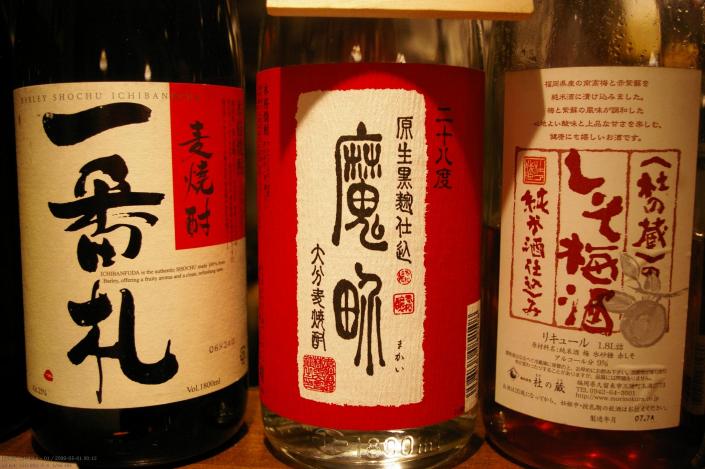
焼 酎乙類 (Shochu otsurui) and 本格焼酎 (honkaku Shochu) is selled as „true“ Shochu. 焼酎甲類 (Shochukorui) is double distilled and is only used for mixed drinks. This kind of shochu has virtually no taste. The most dangerous aspects on shochu are the alcohol level (good shochu can have up to 30-40% alcohol), the taste (the taste can be describes as smooth) and the served size (in some bars they serve 1go (0,28 liter). It is very easy to drink 5 Doppelte(*) within a very short time and order another one.
Real Shochu is a drink for old people, but as a tourist you can earn bonus points if you know shochu and order some. Shoshu seperates you from the average tourist that only understand Sayonara and Samurai, eats suhsi and drinks sake.
Chu-Hi
The most common mixed drink with shochu is called Chuhai (or Chu-Hi). It is the japanese answer to alcopop. Some sorts are terrible sweet. Awful. Yuu should spend some more yen and buy sake or real shochu.
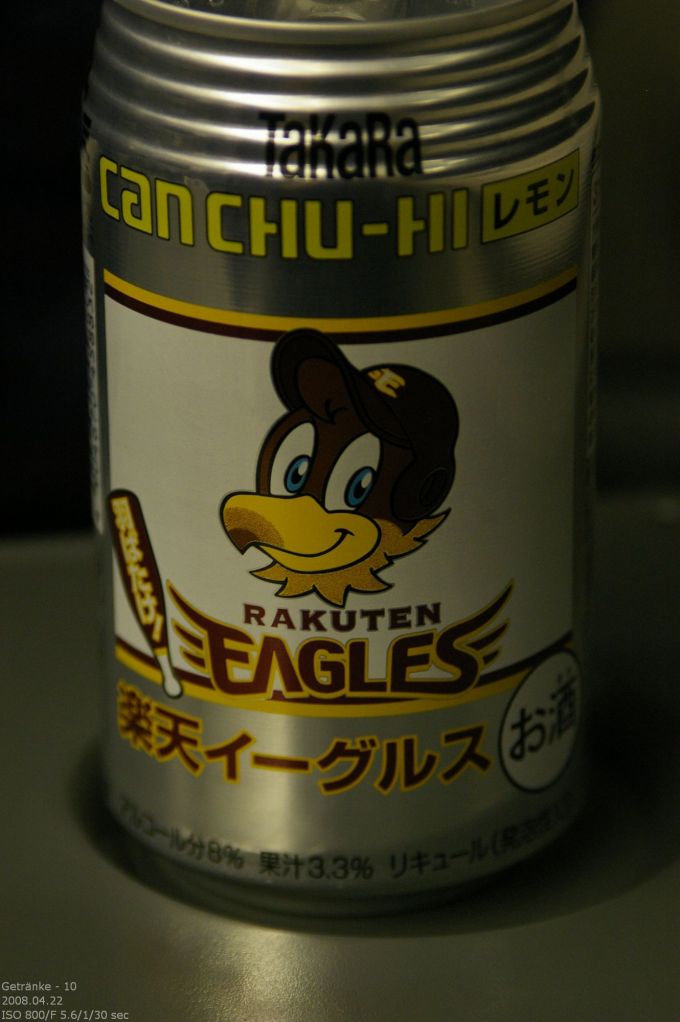
I need to explain „Doppelter“. In Germany it is common to served spirit in 2cl (very tiny glasses). They are called „ein Kurzer“ (= a short one). If you order a „Kurzer“ in Northern Germany this usually also means that you are order Korn (like wodka but made from barley). In other region of Germany it may be a different drink, but the still server 2cl. A „Doppelter“ (= a double) just means 4cl.
And if we are at German terms for boozing up: „Lütt en Lütt“ is a small lager beer and a small spirit. Lütt is from an old North German dialekt and means small or short. You drink both drink simultanious (!) in a chug (!). Sometimes the don’t serve a „Kurzer“ but a „Doppelter“. This kind of drink is known by different names in other areas of Germany. In Hannover it is called „Lüttje Lage“. Sometimes they use a dark beer instead of lager.
„Herrengedeck“ is the same combination but without drinking rules. „Damengedeck“ is sparkling wine and a non alcololic drink. Gedeck means place setting; Herrengedeck is therefore the „place setting for gentlemen“.


